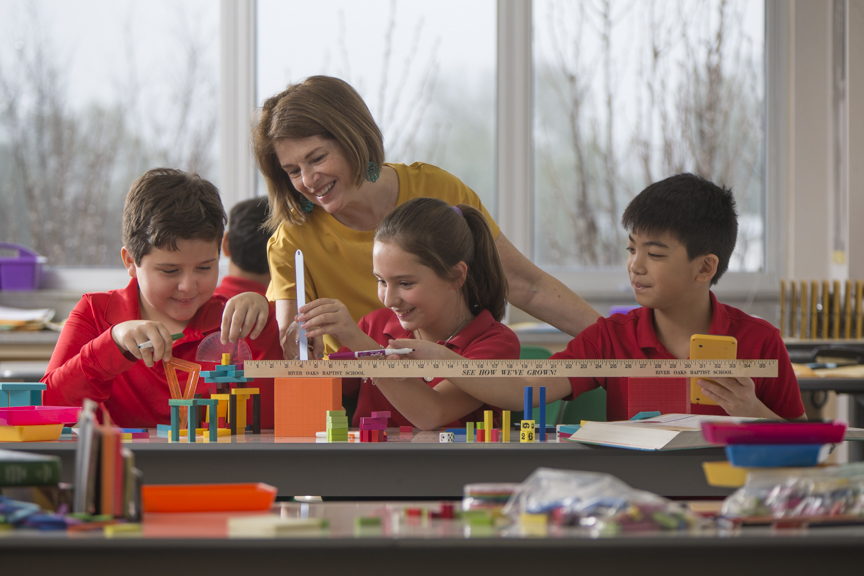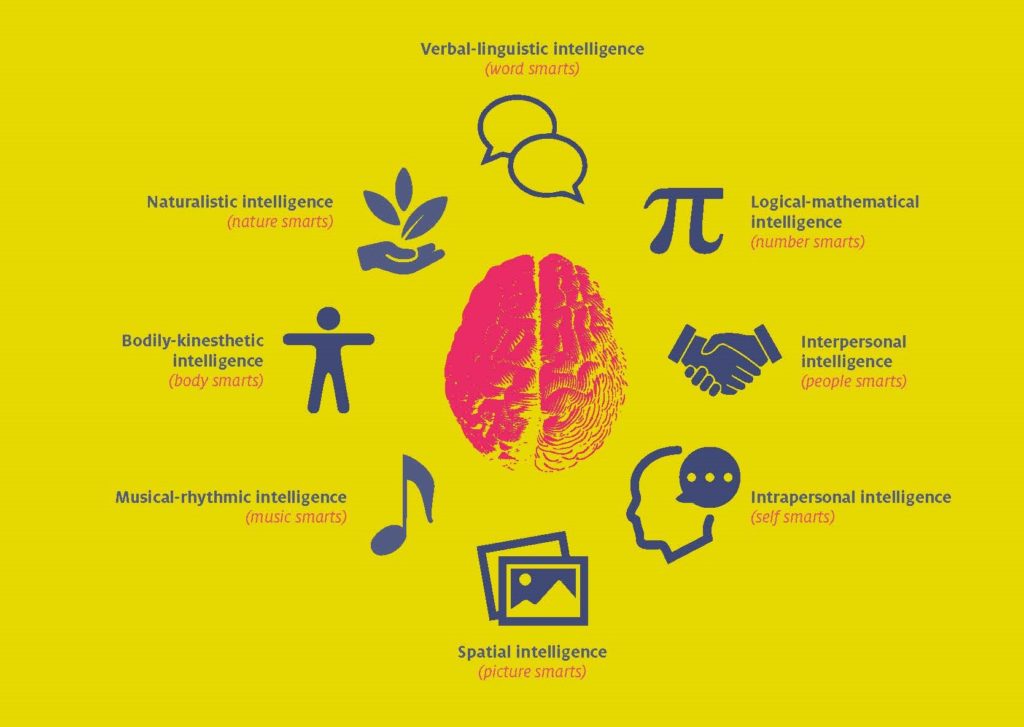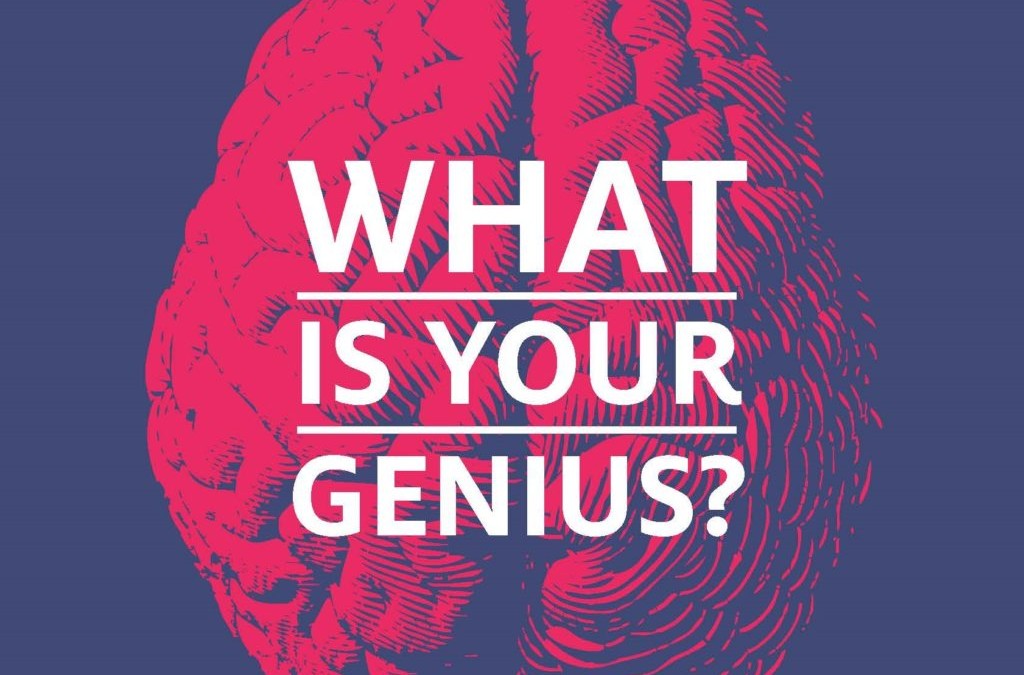Good teachers recognize the genius within each child. Brilliant teachers know how to access and
cultivate the genius within each child.
This process of accessing and cultivating genius is what the academic community calls differentiation. It’s a movement to shift the focus from teaching to learning. That is, understanding how each student learns best and adapting the lesson accordingly. It’s
ROBS’ mission at work, encouraging students to see themselves as uniquely created by God with special qualities and gifts for development.
“ROBS educators have always seen each student as uniquely gifted by God, and they recognize that ‘onesize- fits-all’ teaching does not meet all their students’ needs,” says Dr. Todd Herauf, Associate Head of School for Academics. “Now we are working to make differentiation even more intentional and more clearly defined – providing additional training and tools for our faculty and embedding this concept into our culture.”
To ensure that occurs, ROBS leaders have set differentiation as one of four major strategic focus areas as they build the new strategic plan. They are asking themselves: “How do we adapt subject-area content, teaching processes, classroom tools
The answer starts with the learners. Some love lectures and others quickly lose interest. Some learners want to be praised aloud, and others prefer a written note; some do well in noisy settings and some need quiet; some remember what they read and some have to hear it aloud;
The variables are limitless, the combinations and permutations creating a learner as unique as his own fingerprint. Differentiation, in essence, maps each fingerprint and creates a formula for helping each student reach his full potential. The beauty is that it benefits all students, at every ability level. The challenge is doing it for 20 kids. In one classroom. At the same time.

“Albert Einstein wrote, ‘Everybody is a genius. But if you judge a fish by its ability to climb a tree, it will live its whole life believing that it is stupid.’ The question I have for you at this point of our journey together is, ‘What is your genius?’”
– Matthew Kelly, The Rhythm of Life:
Living Every Day with Passion and Purpose
Once the educator understands each student’s learning style, interests, topic-readiness, attention capacity, and life experience, she can start adapting the lessons. The key to both understanding the learner’s profile and differentiating accordingly is to give students
Depending on the learning objective, a teacher might allow choice in the end product: read-and-write learners write a book report, visual learners create a graphic organizer of the story, auditory learners give an oral report, and kinesthetic learners build a diorama illustrating the story. In process differentiation, students who love to listen to books may choose an audio book, while visual and word learners may use textbooks instead.
In a language arts lesson on theme and genre, ROBS second graders pick an assignment from a menu of choices, each one appealing to a different learning preference: create a comic strip, write a paragraph, conduct an interview, write creatively, or edit and revise a piece of writing.
Students in Jeff Reynolds’ sixth-grade World History class embark on an African research expedition to gain a deeper appreciation of the world of past and present Africa. Learners choose from a list of research topics and research products, but also may suggest others.
“Students showcase their new knowledge and skills in innovative, unique and meaningful ways,” Reynolds said. “They set appointment times to meet with me to design, create, and discuss the execution of their research projects, some of which may include game design, web design and layouts for newsletters.”

In ROBS Tech Integration,
In Prekindergarten, teachers break learners into small groups for reading instruction. They design the lessons specific to the learners’ level of
Learners who are advanced in a particular subject may be “taught up,” gaining higher grade-level opportunities within the same classroom. Teaching up means starting with
(i.e. conversation, projects, web-based applications) so that it resonates with all types of learners. Nearly all ROBS students place out of Spanish I in high school and many
ROBS also gives educators flexibility in rearranging their classrooms to shape a lesson or to accommodate different learning styles. Middle School teachers will conduct a brief lecture, then split the students into discussion groups based on their interests. Later, students may choose to continue to work on their project alone in a quiet space or collaborate on a presentation in a flex-space filled with comfortable seating. Students are allowed to read a book at a standing desk or lying on the floor, if that improves reading comprehension and focus, or to read wearing headphones to avoid distraction.
“We have amazing faculty at ROBS, and they have always spent time getting to know our students,” said Leanne Reynolds, Head of School. “Taking differentiation to the next level allows us to be even more intentional in helping learners thrive and grow in their own distinctive, individual ways. All these kids are brilliant. It’s our job to help them find their genius.”

